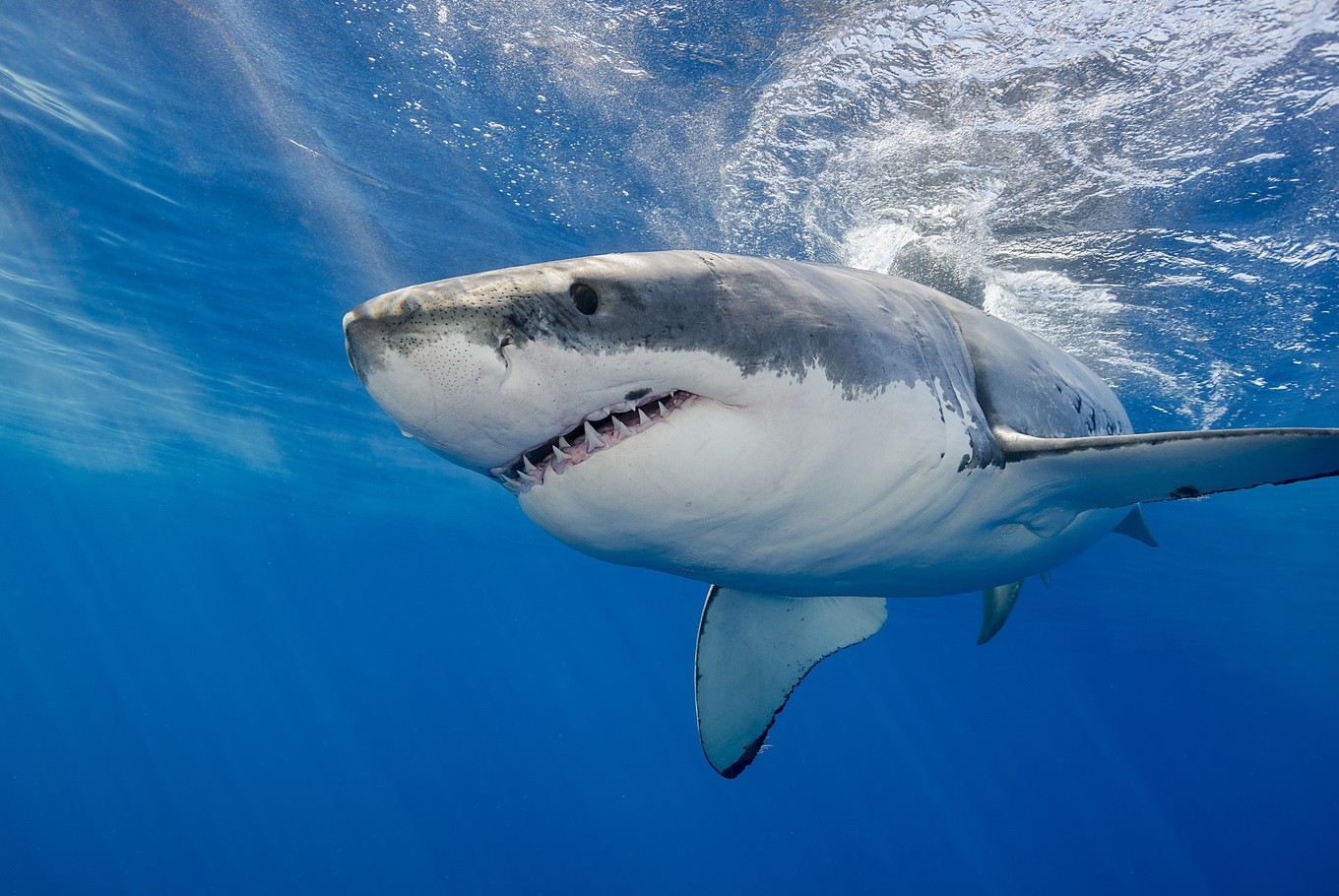Popular Reads
Top Results
Can't find what you're looking for?
View all search resultsPopular Reads
Top Results
Can't find what you're looking for?
View all search resultsShark protection regulation needed as population dwindles in Indonesia: Researchers
Sharks grow slowly, which makes them vulnerable to fishing, leading to some shark species being under threat of extinction.
Change text size
Gift Premium Articles
to Anyone
Marine researchers are urging the government to form a regulation to protect sharks, which have seen a decline in population numbers, Maritime Affairs and Fisheries Ministry researcher Dharmadi has said.
The researcher said on May 9 that sharks possessed biological characteristics that made them grow slower, which made them vulnerable to fishing.
For example, a 1-year-old Thresher shark only grows 10 to 11 centimeters every year, and grows by 1 to 2 cm per year after they hit 10 to 11 years old.
Aside from their slow growth rate, sharks also reproduce slowly and only give birth to a few shark pups.
This has led to some shark species being included in the near-extinction group, such freshwater sharks.
Hence, Dharmadi went on to say, it was important to issue a fisheries regulation to protect sharks from extinction.
To improve sustainable shark fishing, Dharmadi stated that shark finning should be prohibited, the size of fishing gear size should be limited and regulated and there should be a catch quota and management, as well as protections for endangered sharks.
Fishing gear should be selected properly, and limited to only large-scale fishing tackle, nets and net mesh, he added
"From our observations, a lot of pregnant sharks get caught in Muara Angke," Dharmadi said.
Meanwhile, Benaya Simeon from the Wildlife Conservation Society Indonesia explained that sharks and stingrays were types of vertebrates that gave birth to between one to 40 offspring.
Moreover, sharks only begin the mating process once they reach 30 years of age. Sharks also play a pivotal role in the marine ecosystem by maintaining the balance of the food chain.
Data from the International Union for Conservation of Nature and Natural Resources (IUCN) shows that sharks and stingrays are under threat of extinction. Only 31 percent of each species remains. Two hundred and fifty of 1,250 vertebrate fish species live in Indonesia.
"Our location has become a habitat for sharks and stingrays," Benaya said.
In the 1940s, Indonesians began consuming sharks. In the 1980s, demand increased for shark in the international market, which is when shark fishing began in Indonesia.
During the economic crisis in 1980, Indonesia become the largest shark and stingray producer in the global market, which lead to sharks and stingrays being listed in the Convention on International Trade in Endangered Species in 2000. (dpk)











